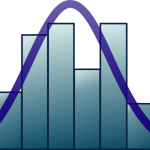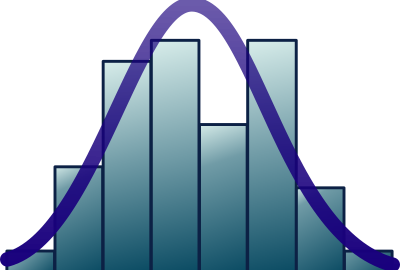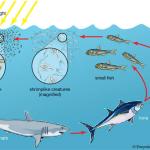Dynamics of marine biodiversity and conservation
Growing threats on marine ecosystems induce an unprecedented erosion of marine biodiversity and alterations of the goods and services they provide to human societies. The study of marine biodiversity is currently a central issue in fundamental research in marine ecology and a major concern for stakeholders in their decision for environment management and conservation. In this context, the aims of this course are to provide theoretical knowledge and methodological tools to measure marine biodiversity at different levels and different spatial scales, and to assess the impact of major human threats on the diversity distribution and ecosystem functioning. A focus is made on two major human threats: the exploitation of marine resources and climate change. One of the original aspects of this course is to analyse in parallel the different levels of diversity (genetic diversity, species diversity, functional diversity) and their responses to disturbance. The teaching is based on a combination of lectures and analyses of different datasets on biodiversity changes.
Course Contents
1. Introduction to marine biodiversity: definition of marine biodiversity, the different biological levels and different scales of marine biodiversity; the current and past states of marine biodiversity; main threats on marine biodiversity.
2. Methods to measure marine biodiversity:
- a. Methods to measure α diversity
- b. Methods to measure β diversity
- c. Methods to measure taxonomic and phylogenetic diversity
- d. Methods to measure functional diversity
- e. Methods to estimate species richness
- f. Methods to measure genetic diversity
- g. Taxonomic sufficiency and surrogacy
3. Species identification and delineation.
4. Methods to assess micro-organisms biodiversity.
5. Links between marine biodiversity and ecosystem functioning: concepts, theories and new challenges.
6. Impact of climate change on marine ecosystems: the case of the plankton organisms.
7. Impact of fisheries on marine biodiversity and ecosystem functioning.
Teaching methods
• Lectures on dedicated topics (40 hours)
• Practical works in a computer room to measure the different facets of biodiversity (20 hours)
Final Competencies
1 Mastering the different measurement techniques of marine biodiversity at different spatial scales (α, β and γ) and at different biological levels (genetic, species and functional diversities).
2 Understanding the relationship among the different diversity metrics.
3 Understanding the role of biodiversity in ecosystem functioning.
4 Assessing the responses of the different diversity dimensions to anthropogenic disturbances.
5 Be able to support stakeholders in their decisions for biodiversity management.
Additional course information can be found here: https://studiekiezer.ugent.be/studiefiche/en/C004310/2021






